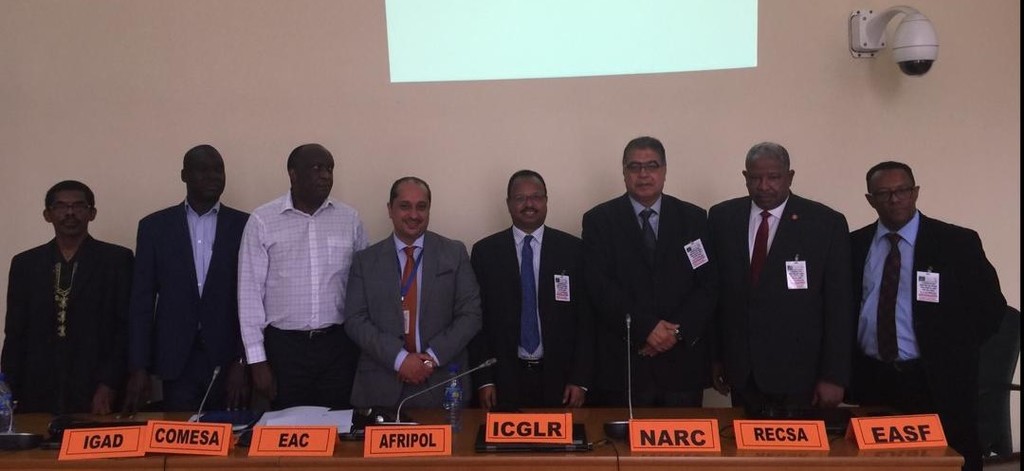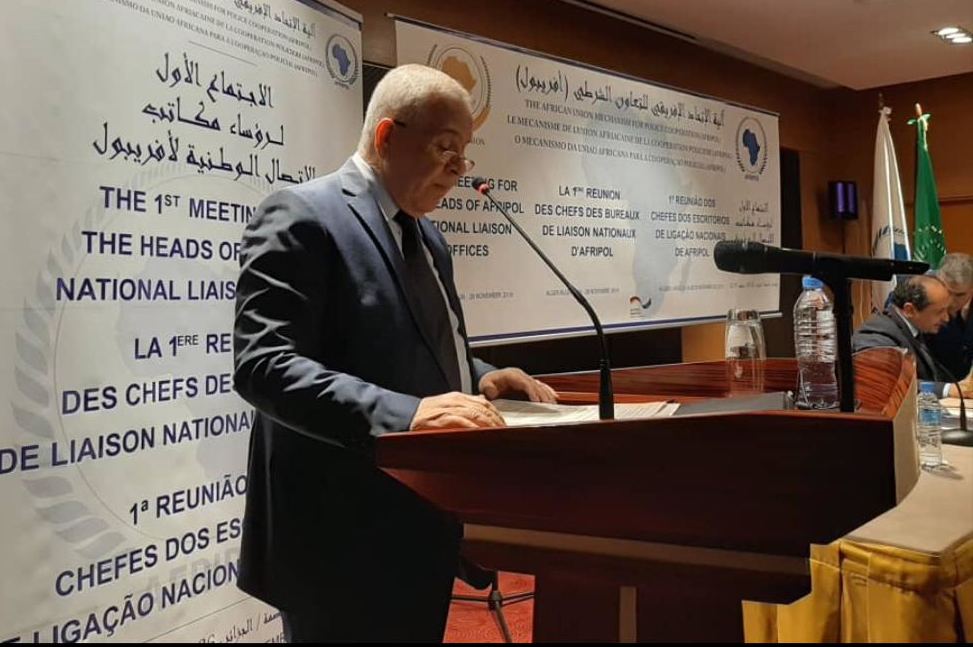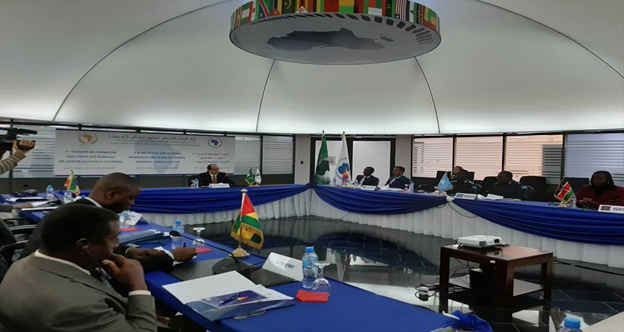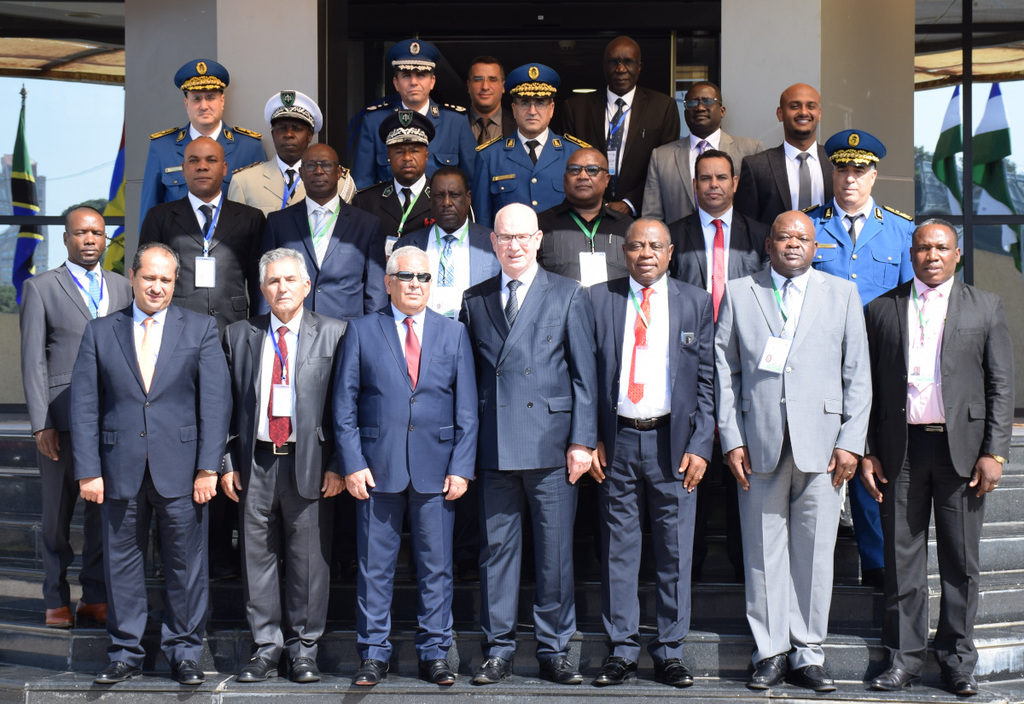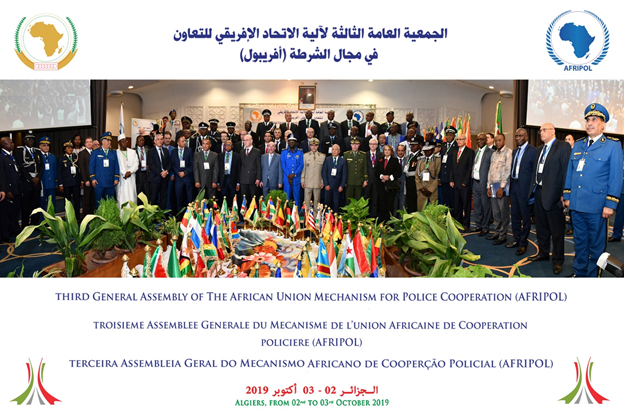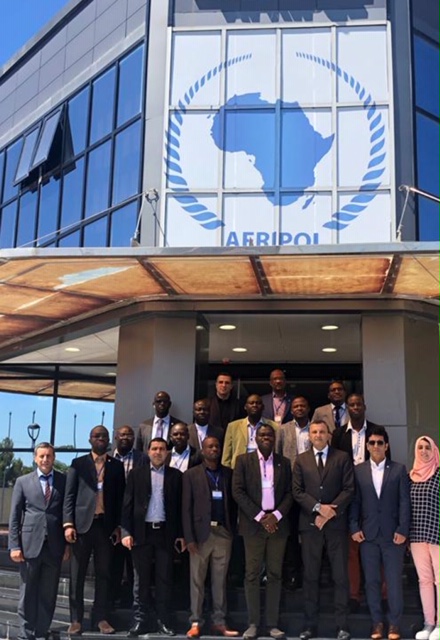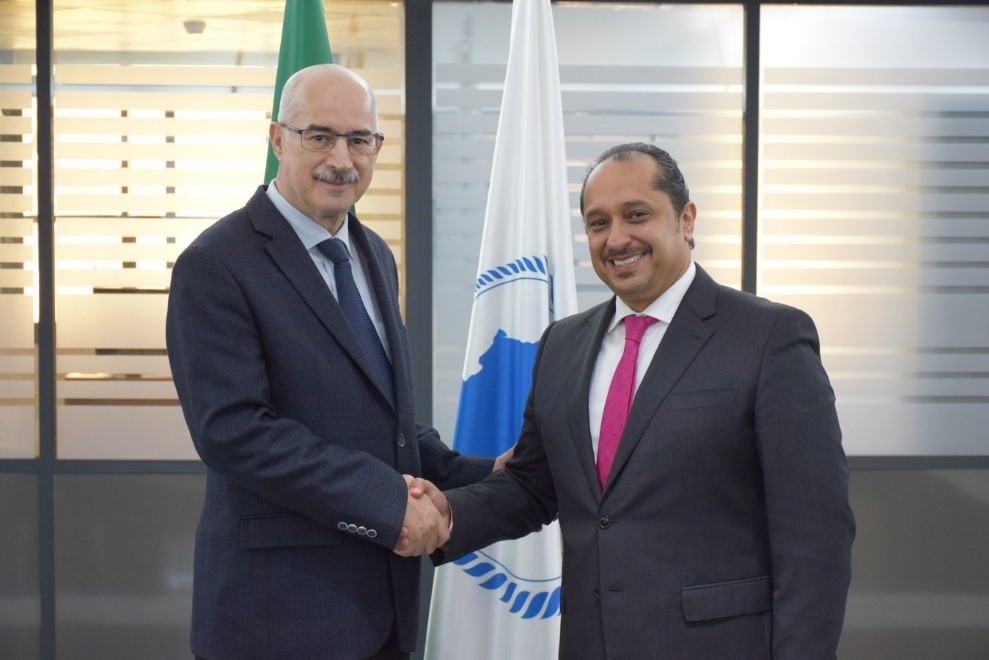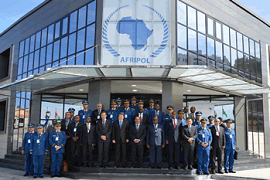The strategy further defines four mutually reinforcing pillars which are prerequisite conditions for its success. These pillars are: building and/or upgrading research infrastructures; enhancing professional and technical competencies; promoting entrepreneurship and innovation; and providing an enabling environment for STI development in the African continent. Continental, regional and national programmes will be designed, implemented and synchronized to ensure that their strategic orientations and pillars are mutually reinforcing, and achieve the envisaged developmental impact as effectively as possible.
The implementation of STISA-2024 will take place at three levels. At national level, Member States should incorporate this strategy into their National Development Plans. At regional level, Regional Economic Communities (RECs), regional research institutions, networks and partners should leverage the strategy in designing and coordinating initiatives. At continental level, the African Union Commission (AUC), NEPAD Agency and their partners should advocate and create awareness, mobilize necessary institutional, human and financial resources, track progress and monitor implementation.
Continental, regional and national targets and indicators will be defined to facilitate comparability of data and regular Monitoring and Evaluation (M&E) of the programmes. AOSTI, ASRIC and NEPAD Agency shall put in place a harmonised mechanism that will support Member States and RECs to collect standardised data and report on performance periodically. The analysis of data, annual reports and regular progress reviews will constitute an important management tool of the entire system.
While there are conventional mechanisms for funding Research and Development (R&D) and Innovation, it is essential to establish efficient, effective and coordinated financing mechanisms to implement the strategy. The AUC and NEPAD Agency shall mobilize and coordinate resources for technical support in developing and implementing national and regional plans and priority programmes. AU Member States and RECs will take a lead role in mobilizing public, private and donor resources for the coordinated implementation of national and regional programmes.

